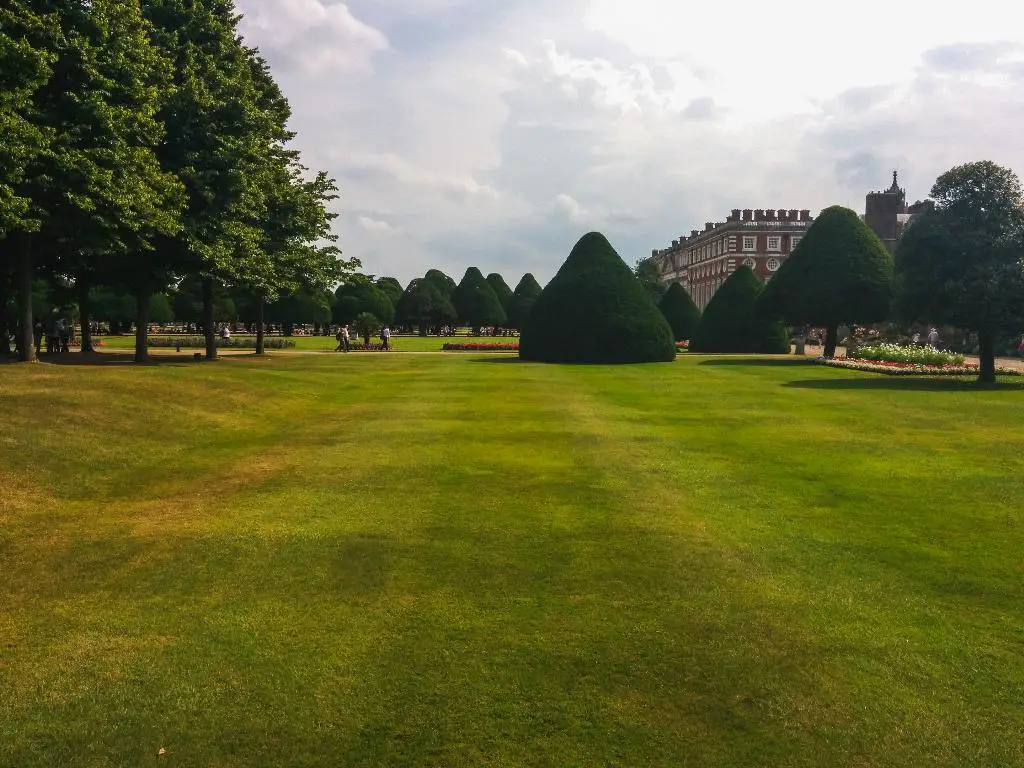When it comes to lawn care, identifying different types of lawn diseases is crucial to maintaining a healthy lawn. One common lawn disease that homeowners often encounter is red thread disease. Knowing what red thread lawn disease looks like can help you take appropriate steps to treat and prevent it from spreading.
Color Variation and Moisture Levels
Red thread lawn disease can present itself in different colors depending on the moisture levels of the grass blades. When the grass is wet, red thread appears darker red, almost resembling crimson threads running through the lawn. However, when the grass is dry, the color shifts to a lighter pink, making it easier to spot against the green backdrop of the lawn.
Early Morning Inspection
For an accurate assessment of red thread lawn disease, it is best to inspect your lawn in the early morning when there is dew on the grass blades. The moisture can help highlight the red or pink hue of the affected areas, making it easier to identify the presence of the disease.
Gelatinous Growth
As red thread disease progresses, you may notice a peculiar sight on your grass blades – a pink, gelatinous growth. This growth can appear slimy and sticky to the touch, further confirming the presence of red thread disease in your lawn.
Thread-Like Appearance
True to its name, the red thread disease manifests as thread-like strands that wrap around the grass blades, giving them a reddish or pinkish appearance. These threads can vary in length and density, creating a visually distinct pattern on the affected grass.
Localized Patchiness
Red thread lawn disease often appears in localized patches across the lawn rather than spreading uniformly. These patches may exhibit a reddish-pink tint compared to the surrounding healthy grass, creating a visually striking contrast.
Signs of Stress
In addition to the color variation and gelatinous growth, grass affected by red thread disease may show signs of stress. This can include wilting, yellowing, or slower growth in the affected areas, indicating that the disease is impacting the overall health of the grass.
Seasonal Factors
Red thread lawn disease is more prevalent during periods of cool, damp weather, typically appearing in spring or fall. Understanding the seasonal factors that contribute to the development of this disease can help you anticipate and address potential outbreaks in your lawn.
Preventative Measures
To prevent red thread lawn disease, practice good lawn care habits such as proper watering, mowing, and fertilization. Avoid overwatering or watering in the evening to reduce moisture levels that can promote the growth of the fungus responsible for red thread disease.
Treatment Options
If red thread disease has already taken hold in your lawn, there are fungicidal treatments available to help control its spread. Consult with a lawn care professional or gardening expert to determine the most effective treatment plan for addressing red thread disease in your specific lawn environment.
Monitoring and Maintenance
After treating red thread lawn disease, it is important to monitor your lawn for any signs of recurrence. Regular maintenance practices, including aerating the soil and promoting healthy grass growth, can help bolster your lawn’s resistance to fungal diseases like red thread over time.
Conclusion
Recognizing the distinct visual cues of red thread lawn disease is essential for proactive lawn care management. By familiarizing yourself with the appearance and characteristics of this common lawn disease, you can take the necessary steps to protect your lawn and promote its long-term health and vitality.

